

Tagged Content
Exploring all content tagged with Witchcraft on The Esoteric Witch.
All Content Tagged with "Witchcraft"






Creating a Modern Hekate Altar
Discover how to create a powerful and practical altar to Hekate that honors ancient traditions while fitting seamlessly into contemporary living spaces. Learn about essential elements, modern adaptations, and personal touches for your devotional practice.


Introduction to Elemental Magic: Understanding the Foundations of Magical Practice
Discover the ancient foundations of elemental magic and how the four elements—Fire, Water, Earth, and Air—form the cornerstone of magical practices across traditions worldwide.

The Scent of Magic: Using Fragrance in Witchcraft
Unlock fragrance magic! Use scent in witchcraft for potent rituals & spellwork. Learn fragrance symbolism for deeper connections.

What to Do When Your Spell Doesn't Seem to Work?
Spell not working? Don't give up! Learn what to do when your magic spell seems ineffective and troubleshoot your spellcasting.
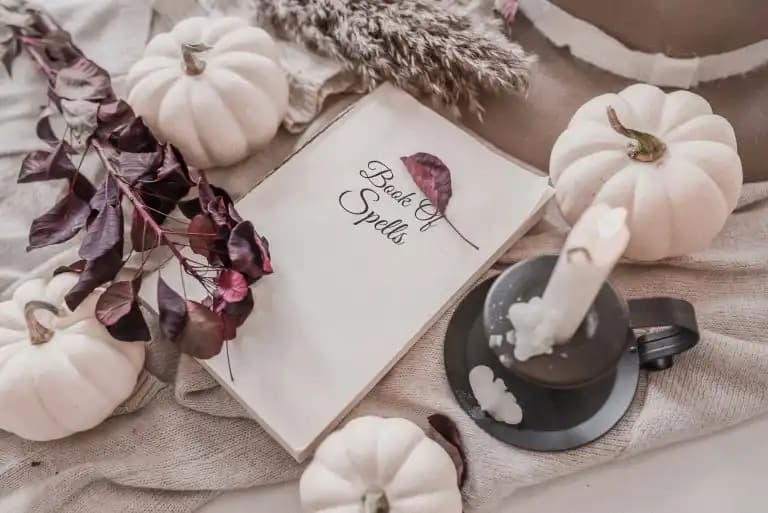
10 Types of Spells: Practical Magic for Everyday Use
Unlock magic in your life! Learn 10 spell types, from love & protection spells to healing & money magic, with practical tips.

Is There Good and Bad Magic?
Is magic good or bad? Learn about intention, types of magic, and the law of threefold return to understand its morality.

Charms, Spells, and Enchantments – What Are They?
Charms, spells, enchantments: What's the difference? Understand these magic types for protection, luck, and lasting transformation.

Practical Tips on How to Add Witchcraft to Your Day
Add witchcraft to your day! Simple spells & rituals bring magic to your routine. Find practical tips for a more enchanted life.

Witchcraft in Art: A Deep Dive Through History and Symbolism
Trace witchcraft through art history. See witches as symbols of chaos, power, & rebellion in painting and beyond.
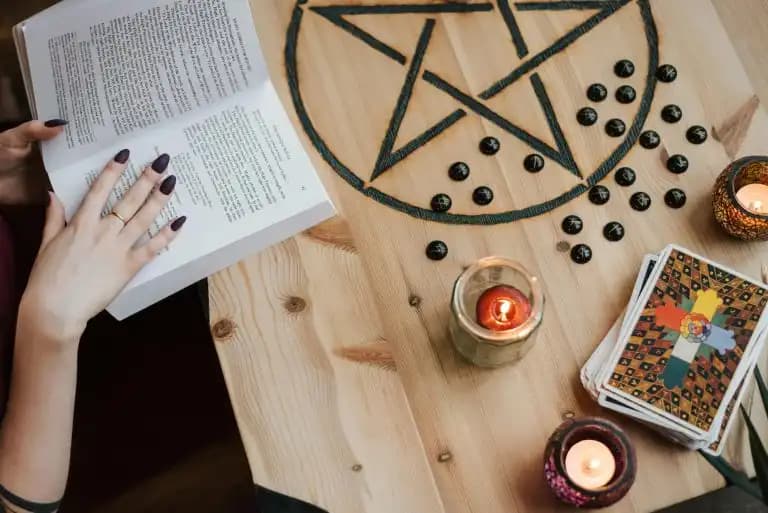
Witchcraft vs. Wicca
Witchcraft & Wicca: Are they the same? Understand the key differences in beliefs, rituals, & history of these pagan paths.

Hexes, Curses, and Jinxes – What Are They?
Hexes, curses, & jinxes: What are they? Learn the differences between these dark magic spells and their effects.

Astral Temple - How to Build a Secret Place For Your Practice
Build an astral temple, a secret inner sanctuary, for meditation and spiritual practice. Create your sacred space today.

Practicing Witchcraft in Secret
Secret witchcraft? Learn how to practice paganism discreetly with invisible altars, stealth rituals, and hidden symbols.
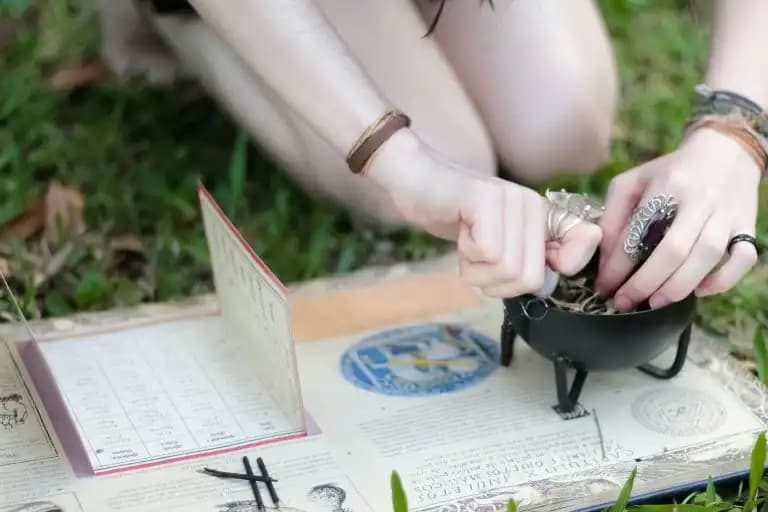
Exploring Different Types of Witchcraft
Discover different witchcraft paths! Learn about Green, Hedge, Kitchen, & more types of witchcraft. Find the best path for you.

Top 10 Crystals For Witches
Discover the best crystals for witches! Learn about powerful stones like amethyst and clear quartz to enhance your practice.

Names of the Full Moon
Discover full Moon names like Wolf Moon & Flower Moon! Learn their meanings and cultural significance.

The Burning Flame of Candle Magic
Candle magic: Learn about colored candles & their meanings in rituals. Harness the power of spellwork today!

Crafting Intent: The Art and Practice of Sigil Magic
Unlock your potential with sigil magic! Learn to craft intent & manifest desires through powerful symbols. It's an ancient art.

How To Be a Green Witch?
Become a green witch! Learn herbalism, gardening, & connect with nature's magic. Discover your path to natural witchcraft today.

Lilith's Influence on Witchcraft and the Occult
Lilith: demon, goddess, or symbol of female empowerment? Learn about her mythology, occult ties, & modern witchcraft influence.

Hekate - The Goddess of Witchcraft
Discover Hekate, Greek goddess of witchcraft, magic, & crossroads. Learn about her symbols, rituals, & modern worship.
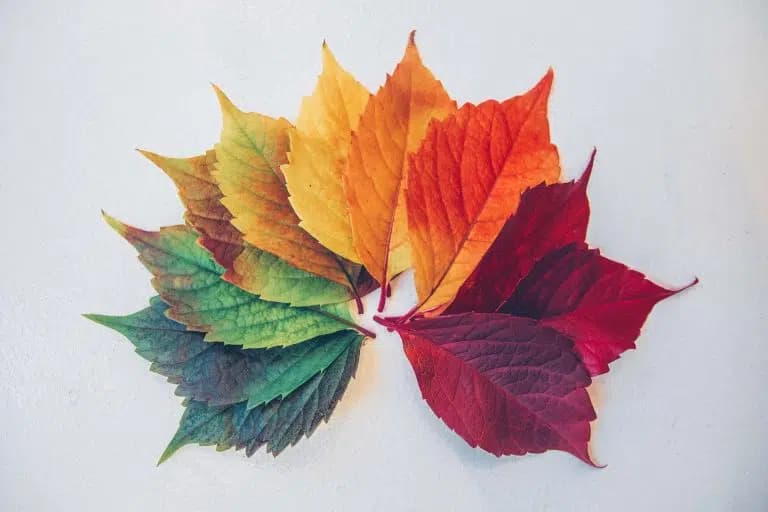
Wheel of the Year And Wicca
Understand the Wiccan Wheel of the Year! Learn about the eight Sabbats and celebrate the seasons with Wiccan traditions.
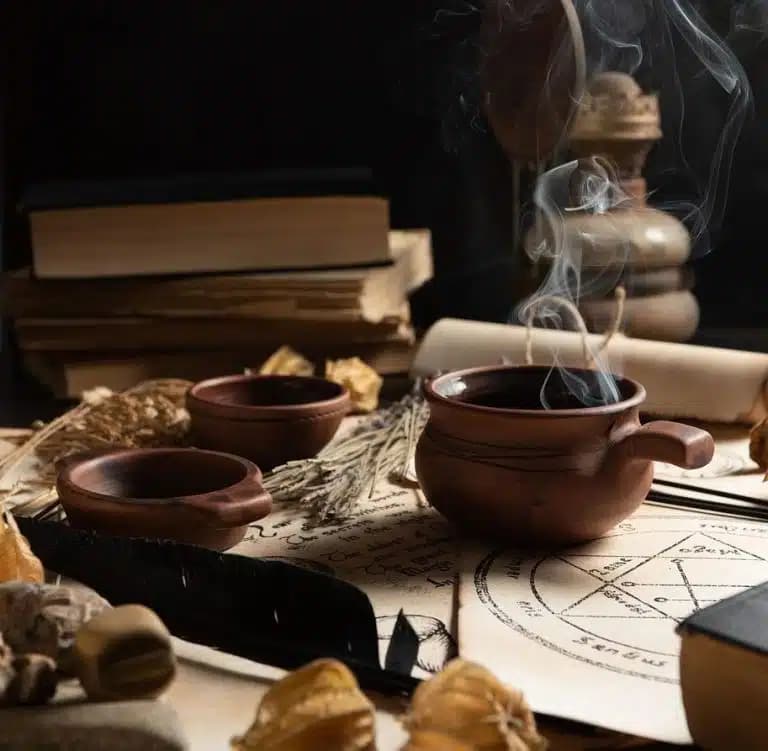
The History of Witchcraft
Unravel the history of witchcraft, from ancient roots to the witch hunts and modern beliefs. Learn about magic and more.
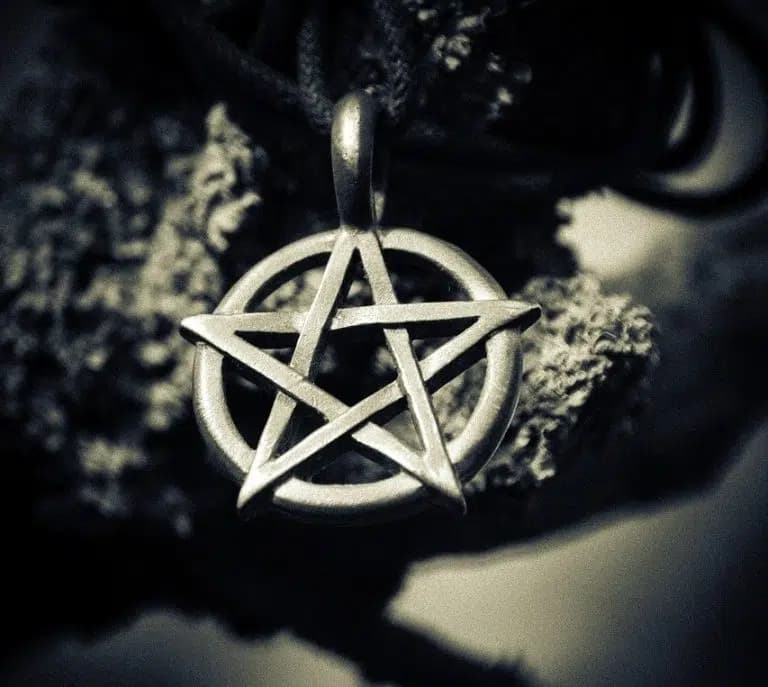
What is Wicca?
Wicca explained: Discover this nature-based pagan religion's beliefs, rituals, and origins. Understand Wicca today!